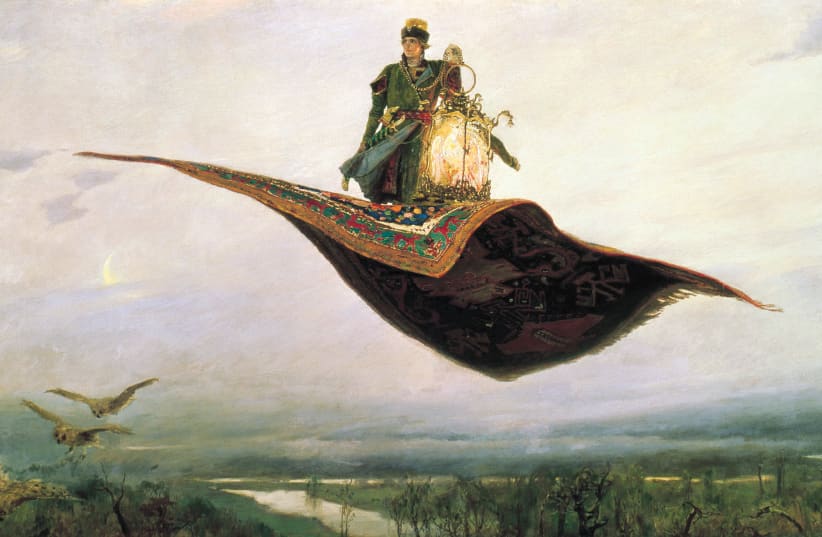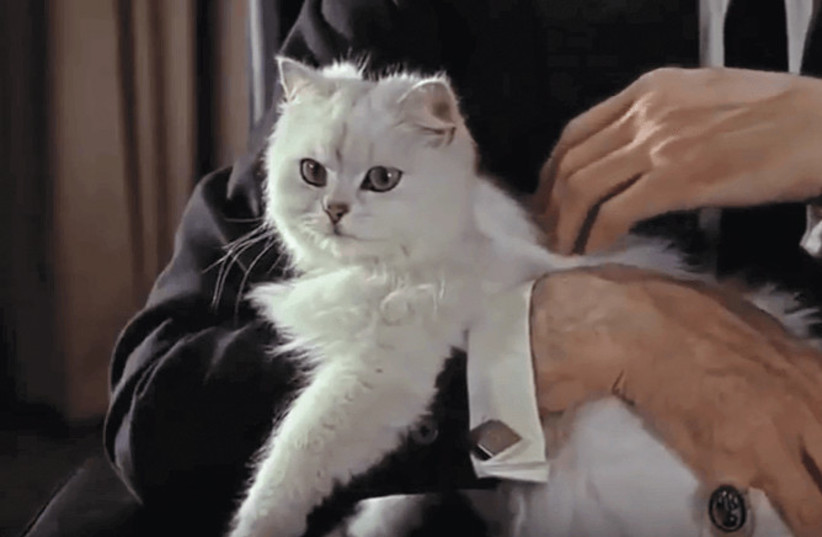Iran has a rich culture and an intriguing history. Ancient Iran, historically known as Persia, was the dominant nation of western Asia for over 12 centuries, with three successive native dynasties – the Achaemenid, the Parthian, and the Sasanian – controlling an empire of unprecedented size and complexity.
The Persians were the first people to establish regular routes of communication among three continents – Africa, Asia and Europe. They built many new roads and developed the world’s first postal service.
The term “Persia” was used for centuries. It originated from a region of southern Iran formerly known as Persis, or alternatively, Pārs or Parsa, or modern Fārs.
The Persian language, Farsi, is a Western Iranian language belonging to the Iranian branch of the Indo-Iranian subdivision of the Indo-European languages. Throughout history, Persian was considered prestigious by various empires centered in Western Asia, Central Asia and South Asia, and Persian poetry became a tradition in many Eastern courts, such as the Rubáiyát of Omar Khayyám.
Many words of Persian origin have made their way into the English language through different, often circuitous, routes. The following are some examples of words that derive from Persian directly or from one or more intermediary languages along the way: alfalfa; assassin; azure; bazaar; bronze; carafe; caravan; cassock; caviar; checkmate; jackal; jasmine; julep; kabob; kaftan; lilac; magic; mogul; mummy; musk; pagoda; pajama; paradise; pilaf; pistachio; saffron; sandal; scimitar; sitar; taffeta; Taj Mahal; talc; tambourine; tandoori; tapestry; tiara; turban; typhoon; zircon.
Persian rugs: An iconic aspect of Persian culture
One of the iconic items associated with Persia over the centuries is the Persian rug. Persian carpets are spun by hand and knotted manually over many months. The rugs are not only floor coverings but are works of art. Renowned for their rich colors and interesting, intricate designs, Persian rugs are made with all-natural wools, silk and vegetable dyes rather than synthetic materials. The colors of the Orient are taken from nature and knotted in patterns that stand for the splendor of ancient Persia. Red, blue and ocher usually set the tone in the color play of Oriental rugs, but colorful variations are also frequently found.
A genuine Persian carpet has no sewn-on fringes. The fringes form the end of the warp yarns and are therefore an integral part of the carpet. If you see on the back of a rug that the fringes have been sewn on, then it is probably not a genuine Oriental rug.
With regular care and maintenance, an authentic Persian rug can last more than 100 years. The secret to the durability is in the materials used and how they are constructed. Some of the hardier rugs can last for generations, even if they are placed in high-traffic areas.
Silk rugs have more of a shine to them. They are lustrous and delicate. Wool, on the other hand, is more subdued and has a more flat appearance.
Carpet weaving is an essential part of Persian culture and Iranian art. Persian rugs and carpets of various types were woven in parallel by nomadic tribes in village and town workshops and by the royal court alike.
Since they were first created, Persian rugs have been designed to protect their owner from misfortune through a woven poetry of symbolic motifs. Using a system of patterns, colors, and symbols, each Persian rug tells its own story. Some rugs give a vivid description of a religious scene, while others may represent a place or explain the purpose for the rug.
Every aspect of the design has a symbolic meaning, down to the smallest detail. In the center of most Persian rugs is the medallion, or the Gul. Like the sun, which it represents, the Gul is the main star which all other designs are centered around. It is also common to see a droplet-shaped pattern called Boteh. This floral spray is usually pictured with a cypress tree, which represents life and eternity. Other popular motifs on Persian rugs are stars to represent luck and good fortune; amulets to drive away evil; and diamonds, which can represent women, or men and women together, depending on if they are shown on their own or attached together.
The tree of life, a sacred symbol of divinity, is regarded as a direct path from Earth to heaven. Flowers, such as the lily and white rose represent the innocence of youth and its purity. Others flowers have bolder meanings of wealth, power, and passion, such as the peony and the red rose.
Similar to natural elements, animals of all species are regarded as strong symbols. There is a common theme of guardianship and protection, thus images of animals such as the eagle, dragon, dog, ram, snake, and parrot are believed to provide the rug’s user with protection from evil forces. Birds are also a sign of good luck and happiness for the future.
The colors displayed in a Persian rug hold as much symbolism as the motifs themselves. Each color brings its own sense of promise and good fortune. The exception to this is black, which is used mainly for borders and outlines. Bold colors like red and yellow represent power, as well as wealth, courage, and joy. Green is the holy color and is usually associated with hope and the spring season.
The Persians believed that only God or a higher power was perfect in all aspects. Therefore, Persian carpet makers would intentionally place flaws or mistakes in the carpet. The idiom “Persian flaw,” meaning a deliberate mistake, is said to originate from this notion of Persian weavers that purposely adding a mistake into one’s work demonstrates humility, that one is not perfect.
The Persian cat: A famous symbol of Iran's history
Another well-known entity associated with Persia is the Persian cat. It is a long-haired breed of feline characterized by a round face and short muzzle. The first documented ancestors of Persian cats were imported into Italy from Persia around 1620. Widely recognized since the late 19th century, Persian cats were first adopted by the British, and later by American breeders after WW II. In 2021, Persian cats were ranked as the fourth-most popular cat breed in the world according to the Cat Fanciers’ Association.
One particular Persian cat has become very popular on the silver screen. The beautiful white cat that appears in the James Bond movies is a blue-eyed Persian cat which belongs to Ernst Stavro Blofeld, the fictional founder and head of the global criminal organization Spectre. It often sits in his lap, and is the only thing – animal or human – that the arch villain displays any real affection for. The cat has become a cultural icon in its own right and has been a regular fixture in the film series.
Arabian Nights
In literature, a world classic is One Thousand and One Nights, the collection of Middle Eastern folk tales compiled in Arabic during the Islamic Golden Age. It is known in English as the Arabian Nights.
Scheherazade is the major female character and the storyteller in the narrative. According to modern scholarship, the name Scheherazade derives from the Middle Persian name Čehrāzād, which is composed of the words čehr (“lineage”) and āzād (“noble” or “exalted”).
The tales she tells include the stories of such well-known characters as Aladdin and His Magic Lamp; Ali Baba and the Forty Thieves; and Sinbad the Sailor.
In her narratives, Scheherazade mentions the wonders of magic flying carpets. The flying carpet was a way for the hero of the story, or the villain, to travel quickly and quietly from one place to another without being seen or heard. According to researchers, the legends about flying carpets date back to the ninth century.
The beguiling Scheherazade has also taken pride of place in the realm of orchestral music. Scheherazade, or Scheherazade, Op. 35, is a symphonic suite written by Russian composer Nikolai Rimsky-Korsakov. The music premiered in Saint Petersburg on October 28, 1888, conducted by the composer. The hauntingly beautiful piece is one of Rimsky-Korsakov’s most popular works.
Overall, the Iranian people have an epic past. May they succeed in procuring a proud and peaceful present and forge a fruitful and fulfilling future. ■

